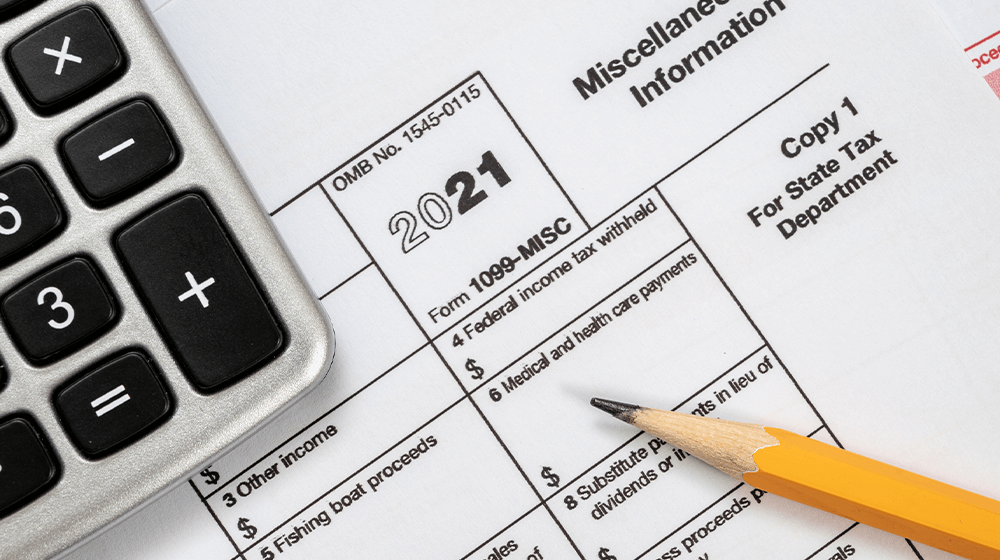- Businesses feeling pressure to increase wages and businesses to attract and retain workers, but smaller companies face greater challenges in doing so
- Employee Retention Credit offers a way for companies to receive funds against employee wages that can go toward the expense of raising salaries
- While business owners may believe it can only be claimed at tax time, ERC is available immediately or as an advance
Summary by Dirk Langeveld
As the COVID-19 pandemic eases and the United States economy recovers from its impact, businesses are under greater pressure to raise their wages and improve their benefits to attract and retain workers. This is particularly challenging for small businesses, who face greater difficulty in hiking pay than larger companies.
However, business leaders say using the Employee Retention Credit (ERC) offers one way for small and mid-sized businesses to stay competitive. The credit allows business owners to quickly unlock funding that can go toward offering raises or hiking salaries for newly available jobs.
Business owners may erroneously believe that the ERC can only be claimed come tax time, but it actually offers immediate funding. Introduced as part of the federal government’s COVID-19 relief measures, the ERC allows businesses to receive money from the federal government as a credit against their employment taxes, effectively getting back a portion of the wages they pay to their employees. The credit can be claimed retroactively for 2020 wages paid after March 13 of that year, for current quarters of 2021, or as an advance against the last two quarters of the year.
Available funding
Businesses can claim a credit equal to 70 percent of qualified wages paid to their employees, capped at $10,000 a quarter. This means that businesses can receive up to $7,000 per employee per quarter in 2021.
The maximum credit for 2020 is 50 percent of qualifying wages capped at $10,000. This applies to the entire year, meaning the credit for 2020 claims is limited to $5,000 per employee. Taken altogether, employers who qualify for an ERC claim for 2020 and the entirety of 2021 could receive up to $33,000 per employee.
Businesses should consult with an attorney on the ERC, and should analyze their finances quarter by quarter. Due to changing business conditions during the pandemic, only some quarters may qualify to receive ERC funds.
Eligibility
Businesses can only claim the ERC if they have 500 or fewer employees. They must also demonstrate that they experienced financial hardship during the quarters they are applying for, namely an annual decline in gross receipts of at least 50 percent for the 2020 period, a 20 percent decline in gross receipts in 2021 compared to the previous quarter or the same quarter in 2019, or a full or partial suspension of operations due to a government order.
The credit can only be claimed against wages that apply to the FICA tax. Wages paid to certain employees, such as relatives of the business owners, are not eligible. Hiring bonuses are a qualifying cost. Business owners also cannot claim a credit on any wages paid through Paycheck Protection Program funds.
2020 claims
In order to receive an ERC against wages paid in 2020, business owners must file an amended quarterly tax return, or Form 941-X. They will then receive funds via a refund check.
2021 claims
For past quarters of 2021, businesses can also file an amended return. For current and future quarters, they have the option of filing a claim via Form 941 and reducing payroll deposits to receive a check after a quarterly tax filing. Alternatively, they can carry forward the credit to a future quarter and reduce those payroll deposits.
To receive an advance on the ERC, businesses can file a claim using Form 7200.
Businesses have the option of qualifying as a Recovery Startup Business in the third or fourth quarter of 2021 if they began operations after Feb. 15, 2020; had average annual gross receipts under $1 million for the three-year taxable period before the quarter; and don’t qualify for the ERC based on a reduction in gross receipts. Recovery Startup Businesses are eligible to receive $50,000 a quarter.
Businesses will qualify as Severely Financially Distressed Employers during the last two quarters of 2021 if their gross receipt losses are at least 90 percent compared to the same quarter in 2019. These businesses can include all wages during the quarter in calculating their ERC.








